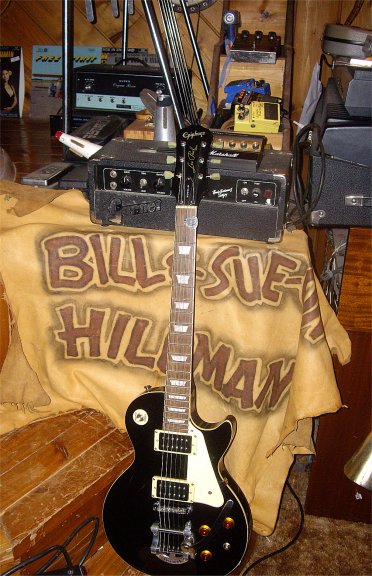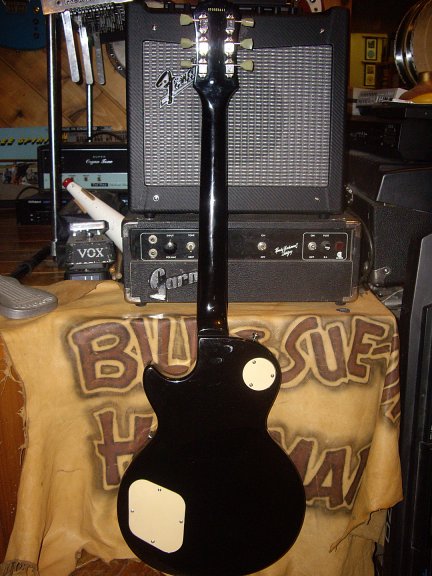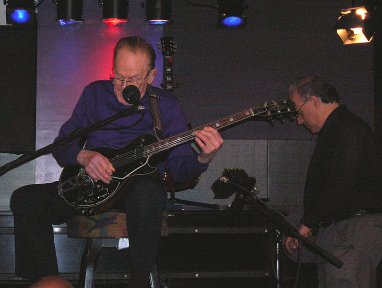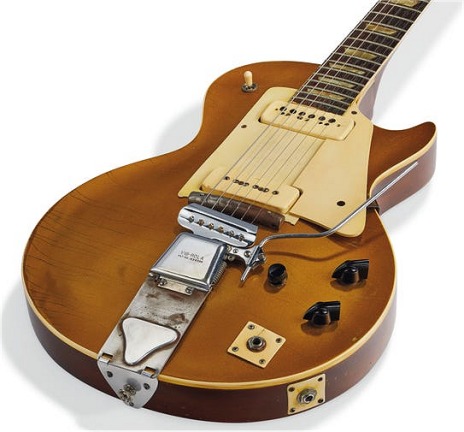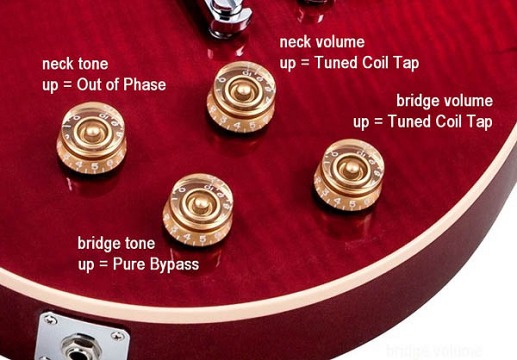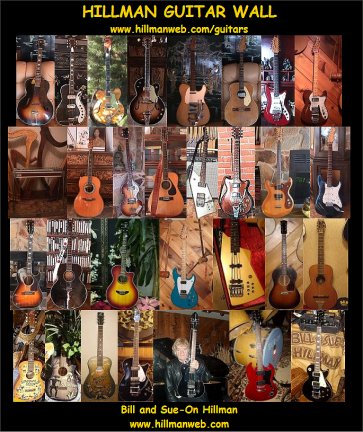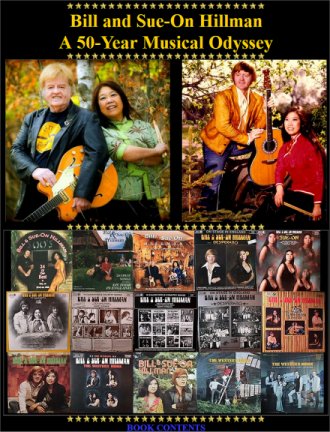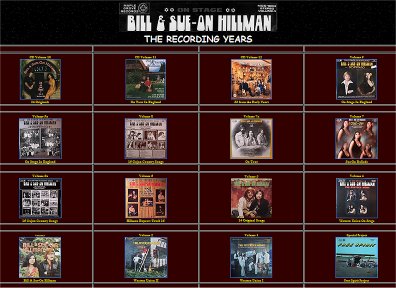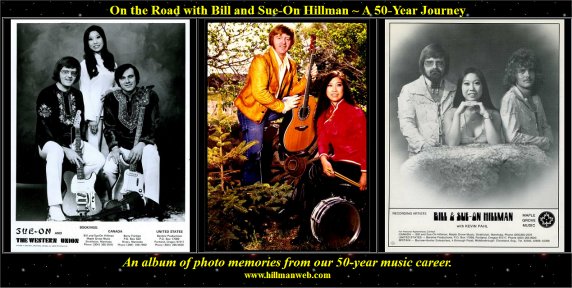HOW TO SING THE BLUES
1. Most Blues begin, "Woke up this morning."
2. " I got a good woman" is a bad way to begin the
Blues, 'less you stick something nasty in the next line, like " I got a
good woman, with the meanest face in town."
3. The Blues is simple. After you get the first two lines
right, repeat them. Then find something that rhymes ... sort of: "Got a
good woman - with the meanest face in town. Got teeth like Margaret Thatcher
- and she weigh 500 pound."
4. The Blues are not about choice. You stuck in
a ditch, you stuck in a ditch; ain't no way out.
5. Blues cars: Chevys and Cadillacs and broke-down trucks.
Blues don't travel in Volvos, BMWs, or Sport Utility Vehicles. Most Blues
transportation is a Greyhound bus or a southbound train. Jet aircraft,
skidoos, an' state-sponsored motor pools ain't even in the running. Walkin'
plays a major part in the blues lifestyle. So does fixin' to die.
6. Teenagers can't sing the Blues. They ain't fixin' to
die yet. Adults sing the Blues. In Blues, "adulthood" means being old enough
to get the electric chair if you shoot a man in Memphis. That's the cut-off.
7. Blues can take place in New York City but not in Hawaii
or any place in Canada. Hard times in St. Paul or Tucson or San Diego is
just depression. Chicago, St. Louis, and Kansas City still the best places
to have the Blues. You cannot have the blues in any place that don't
get no rain.
8. A man with male pattern baldness ain't the blues. A
woman with male pattern baldness is. Breaking your leg cuz you're skiing
is not the blues. Breaking your leg cuz an alligator is chomping on it
is. Losing your leg to necritizing fasciitis is not the blues. Losing your
leg to a shot-gunblast from yo' woman is.
9. You can't have no Blues in an office or a shopping
mall. The lighting is wrong. Go outside to the parking lot or sit by the
dumpster. Go down to the Greyhound bus-station.
10. Good places for the Blues: a. highway b. jailhouse
c. empty bed d. bottom of a whiskey glass
Bad places: a. Ashrams b. gallery
openings c. Ivy League institutions d. golf courses e. Hooters
11. No one will believe it's the Blues if you wear a suit,
'less you slept in it. If you wore a backwards baseball cap, even one time,
you're disqualified for life.
12. Do you have the right to sing the Blues? Yes, if:
a. you're older than dirt b. you're blind c. you shot a man
in Memphis d. you can't be satisfied
No, if: a. you have all
your teeth b. you were once blind but now can see c. the man in Memphis
lived.
d. you have a retirement plan or trust fund.
e. you use a blow-drier
13. Blues is not a matter of color. It's a matter of bad
luck. Tiger Woods cannot sing the blues. Gary Coleman could. Ugly white
people also got a leg up on the blues.
14. If you ask for water and Baby give you gasoline, it's
the Blues. Other acceptable Blues beverages are:
a. wine b. whiskey or bourbon c. muddy
water d. black, black coffee (NO cappuccinos)
The following are NOT Blues beverages:
a. mixed drinks b. kosher wine c. Snapple d. sparkling
water e. Gatorade
15. If it occurs in a cheap motel or a shotgun shack,
it's a Blues death. Stabbed in the back by a jealous lover is another Blues
way to die. So is the electric chair, substance abuse, and dying lonely
on a broken-down cot. You can't have a Blues death if you die during
a tennis match or getting liposuction or listening to Shania Twain.
16. Some Blues names for women: a. Sadie b.
Big Mama c. Bessie d. Fat River Dumpling
17. Some Blues names for men: a. Joe b. Willie
c. Little Willie d. Big Willie
18. Persons with names like Sierra, Sequoia, Auburn, Rainbow,
Skip, Jennifer, Jason, Murray, Bosley, Shania, Madonna, Cher, or
Engelbert can't sing the Blues no matter how many men they shoot in Memphis.
19. Make your own Blues name (starter kit): a. name
of a physical infirmity (Blind, Cripple, Lame, etc.) b. first name
(see a above) plus name of fruit (Lemon, Lime, etc.) c. add last
name of President (Jefferson, Johnson, Fillmore, etc.) For example,
Blind Lime Jefferson, or Cripple Kiwi Fillmore, etc. (Well, maybe
not "Kiwi.")
20. I don't care how tragic your life is: you own a computer,
you cannot sing the blues. You best destroy it. Fire, a bottle of Mad Dog
spilled on the keyboard, or get out a shotgun. Maybe your big woman just
done sat on it. I don't care. Get rid of it. And don't ever sing about
it.



